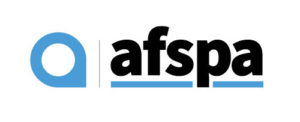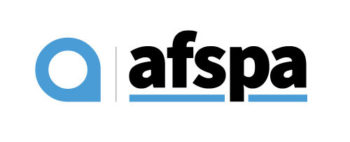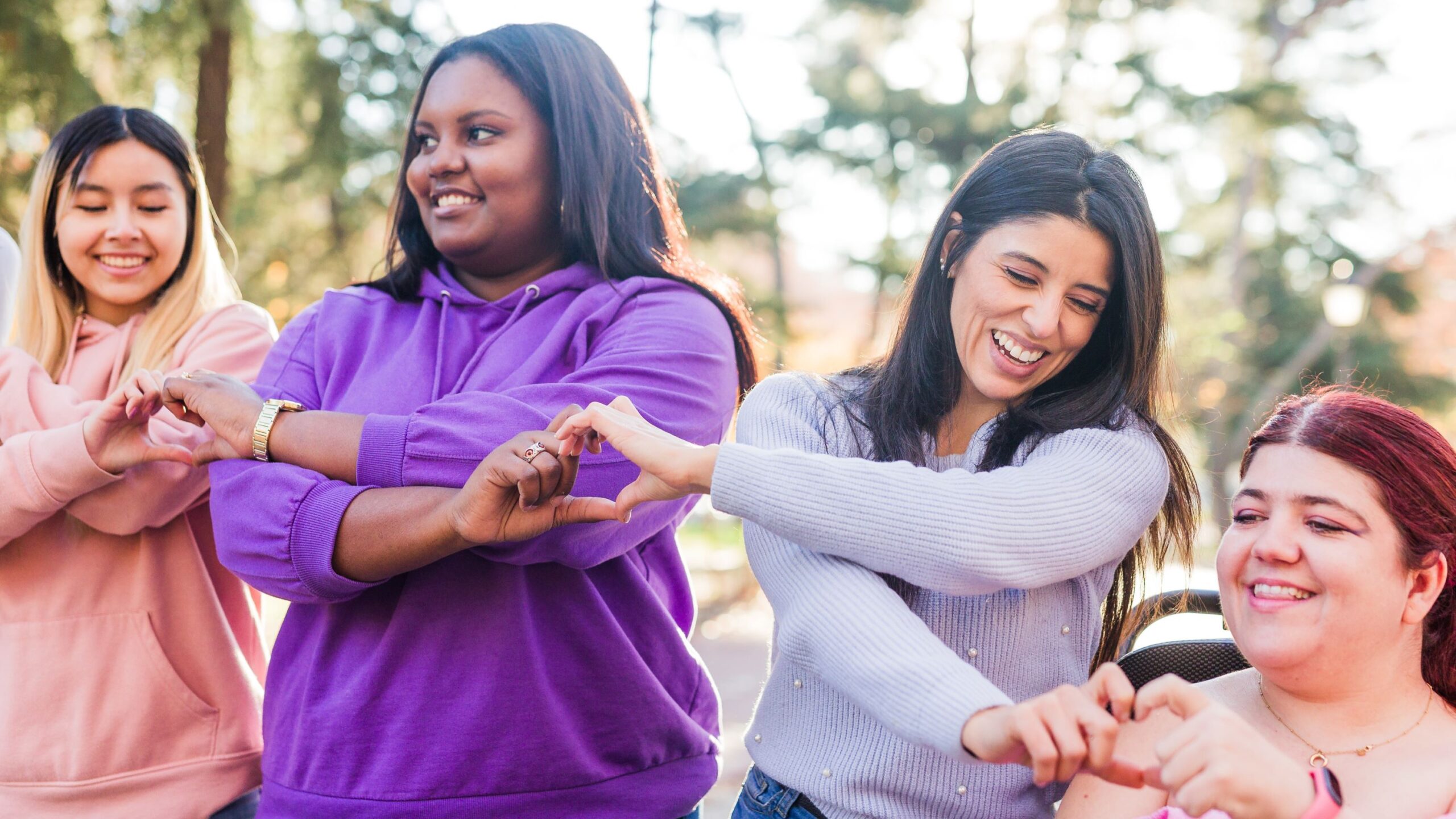In December of 2021, the Surgeon General of the United States, Vivek Murthy warned the nation of a mental health crisis among young people. The suicide rate for ages 10-19 rose 40% from 2001 to 2019. Murthy states that mental health is “the defining public health crisis of our time.” May is Mental Health Awareness Month, and we are taking a closer look at adolescents and their relationship to mental health.
While awareness for mental health has increased in recent years and the stigma surrounding it has decreased, suicides and hospitalizations have increased. Murthy believes that the increases are related to young people experiencing isolation, bullying online, and the overwhelming social media culture today. Murthy uses data from the recent CDC Youth Risk Behavior Surveillance System. According to the CDC, “The YRBSS measures health-related behaviors and experiences that can lead to death and disability among youth and adults.” Surveys are conducted every other year, and track behaviors that can lead to poor health in students grades 9 through 12.
The Effects of COVID-19
The increase in suicides was partially an effect of COVID-19 causing schools to shut down and lockdowns becoming frequent. School helps connect youth with services and a community of support. According to the CDC, Adolescent Behaviors and Experiences Survey, 29% of U.S high school students had a parent/caregiver lose their job, 55% were emotionally abused, and 11% were physically abused. With nowhere to go but home, many kids had nowhere to turn when they needed a community to lean on. Over 200,000 children lost their parent/caregiver to COVID-19. Many of today’s youth are still processing what happened to them, while also going through puberty and experiencing change in more ways than one.
Other Factors Leading to Poor Mental Health
The increase in youth on social media has taken a toll on their mental health. Without school to go to, many teens sought out social media for support and were met with online bullying and unrealistic beauty standards on apps like Instagram and Tik Tok.
Other factors like poverty, homelessness, and lack of access to education and health care only added to the increase in poor mental health in youth. Seeing others experience structural factors like this on social media increased the feeling of hopelessness in many teens. Social media is available 24/7 and often takes time away from other activities like sleep, exercise, and in-person socialization. These activities are vital for the growth and development of our youth.
What Can Be Done to Help?
According to the American Psychological Association, the biggest challenge facing mental health care providers is a shortage of providers that are trained to meet the current needs of adolescents. Suicide is the second leading cause of death in the U.S. for ages 10-24. Schools are a great way to connect with kids, but not enough schools have the resources available to help. The CDC has created the What Works in School program to help fund school districts for better classroom management, bring in community mentors, and make schools safer for LGBTQ+ students.
As a member of the Foreign Service Benefit Plan (FSBP), you have access to Brightline. Brightline is a behavioral health support tool for children and teens. Brightline uses Cognitive Behavioral Therapy for treating adolescents and provides digital tools. Blogs on their website are incredibly helpful for parents and caregivers. Recently, Brightline shared a blog about talking about mental health with your child. They recommend keeping communication open when it comes to mental health. Be an active listener and try to be nonjudgmental. The blog details a script you can follow to make the conversation easier for you and your child. Lead by example and try discussing how you handle your mental health. You can learn more about Brightline and what they offer here. Feel free to explore the various mental wellness programs offered by FSBP.
AFSPA’s COO, Kyle Longton, has discussed mental health in multiple episodes of AFSPA Talks. In October 2021, he spoke with the Chief Medical Officer of Brightline, Dr. David Grodberg. You can listen to that episode here. You can listen to another Brightline episode with Alison Stoner and Honora Einhorn, two senior clinical managers at Brightline.
If you or someone you know is in crisis, get help from the Suicide and Crisis Lifeline by calling or texting 988. In addition, help is available from the National Alliance on Mental Illness, or NAMI. Call the NAMI Helpline at 800-950-6264 or text “HelpLine” to 62640.















